Lost cities and mythical lands that remain a mystery today
Lost cities have always captured our imaginations, evoking images of ancient civilizations hidden beneath lush jungles or submerged under the sea.
These myths and legends offer a tantalizing peek into a world that might have been, encouraging both intrepid adventurers and armchair explorers alike to ponder what lies beyond the reach of history. From tales of untold riches to utopian societies, the allure of lost cities continues to inspire countless quests and stories.
The Mystery of Atlantis: A City Under the Sea?
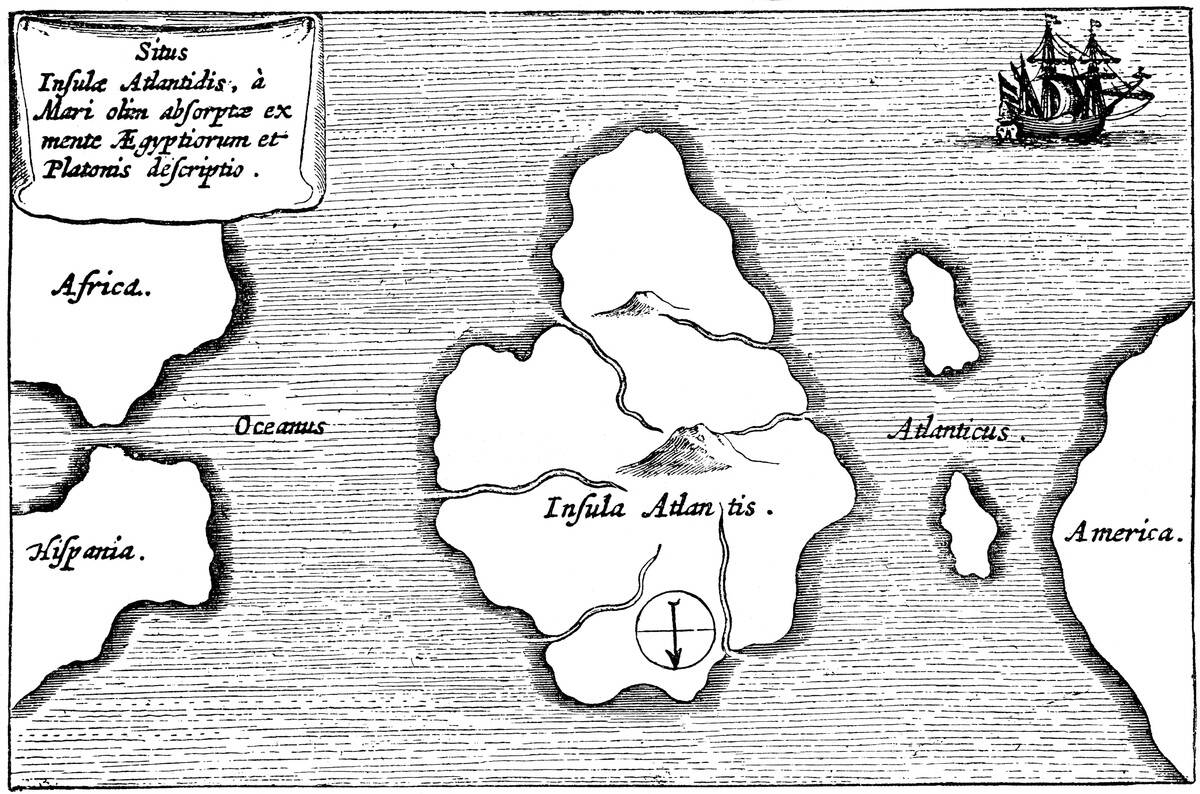
Perhaps the most famous lost city, Atlantis, was first mentioned by the Greek philosopher Plato over 2,300 years ago. He described it as a powerful and advanced civilization that mysteriously sank into the ocean ‘in a single day and night of misfortune.’
While most historians believe Atlantis was purely a fictional tale, they nonetheless tend to argue on what inspired Plato to conceive of Atlantis in the first place.
El Dorado: The Golden City That Sparked Endless Quests
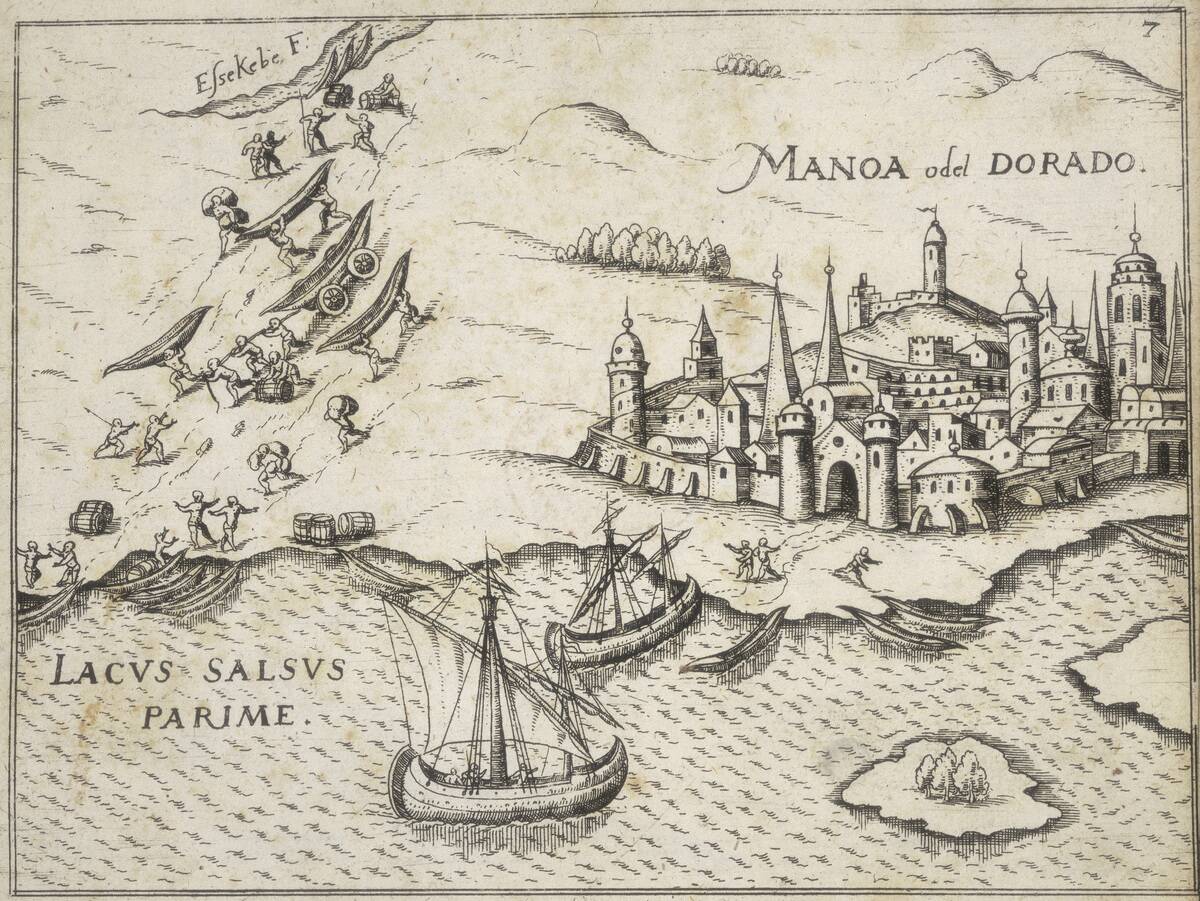
El Dorado, the legendary city made entirely of gold, has sparked numerous expeditions since the 16th century. Originally, it referred to a tribal chief who covered himself in gold dust, but over time, the myth evolved into that of a city.
Despite centuries of exploration, no trace of El Dorado has been found, although it did lead to the European exploration of South America, particularly the Amazon Basin.
The Enigma of Lyonesse: England’s Sunken Kingdom
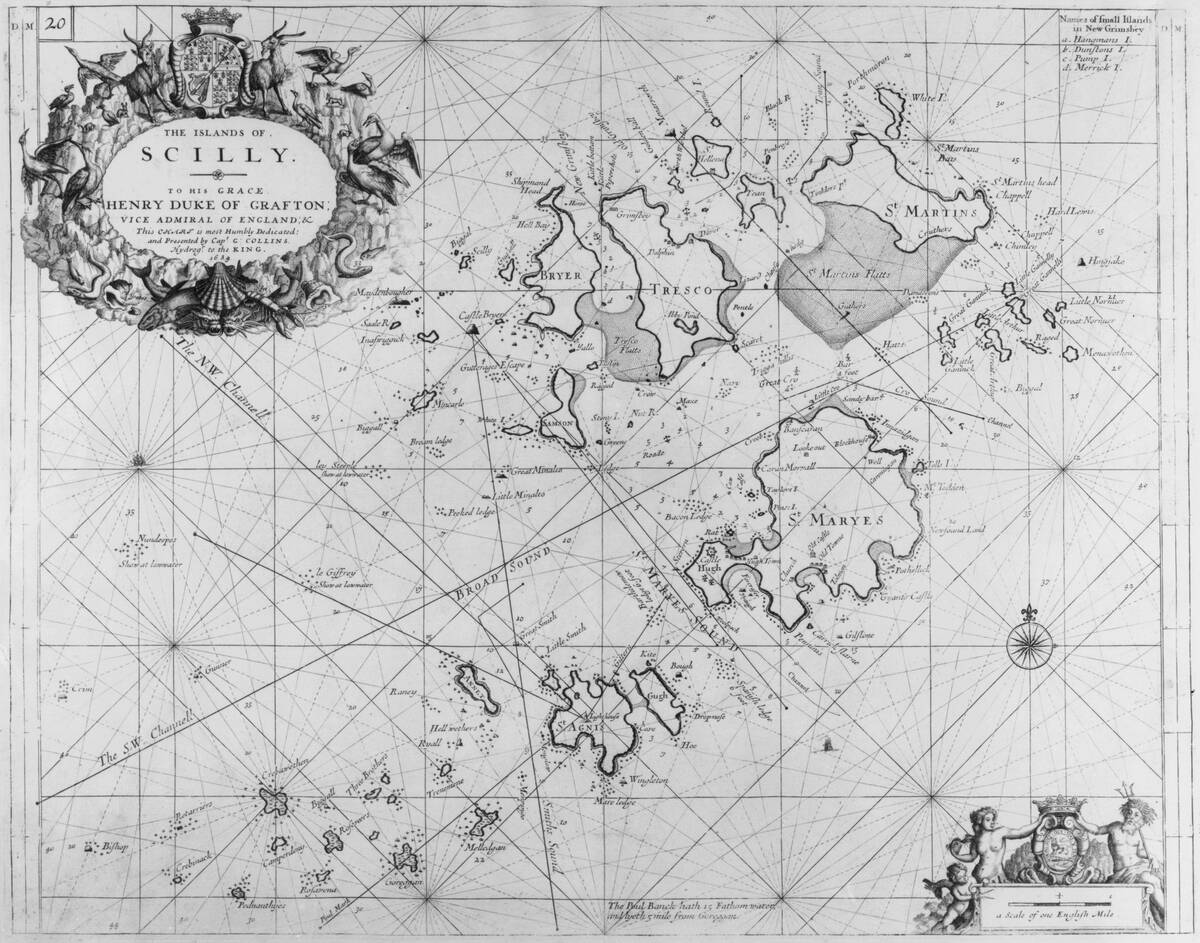
Lyonesse is a legendary land believed to have sunk beneath the sea off the coast of Cornwall, England. According to Arthurian legend, it was the home of Sir Tristan, one of the Knights of the Round Table.
While no definitive evidence of Lyonesse has been found, stories persist, and some suggest it might have been inspired by the Isles of Scilly, which were once connected to the mainland. However, those islands separated about 12,000 years ago, which means that not even Arthurian legends predate their shift.
The Vanished Splendor of Z: Percy Fawcett’s Amazonian Legend
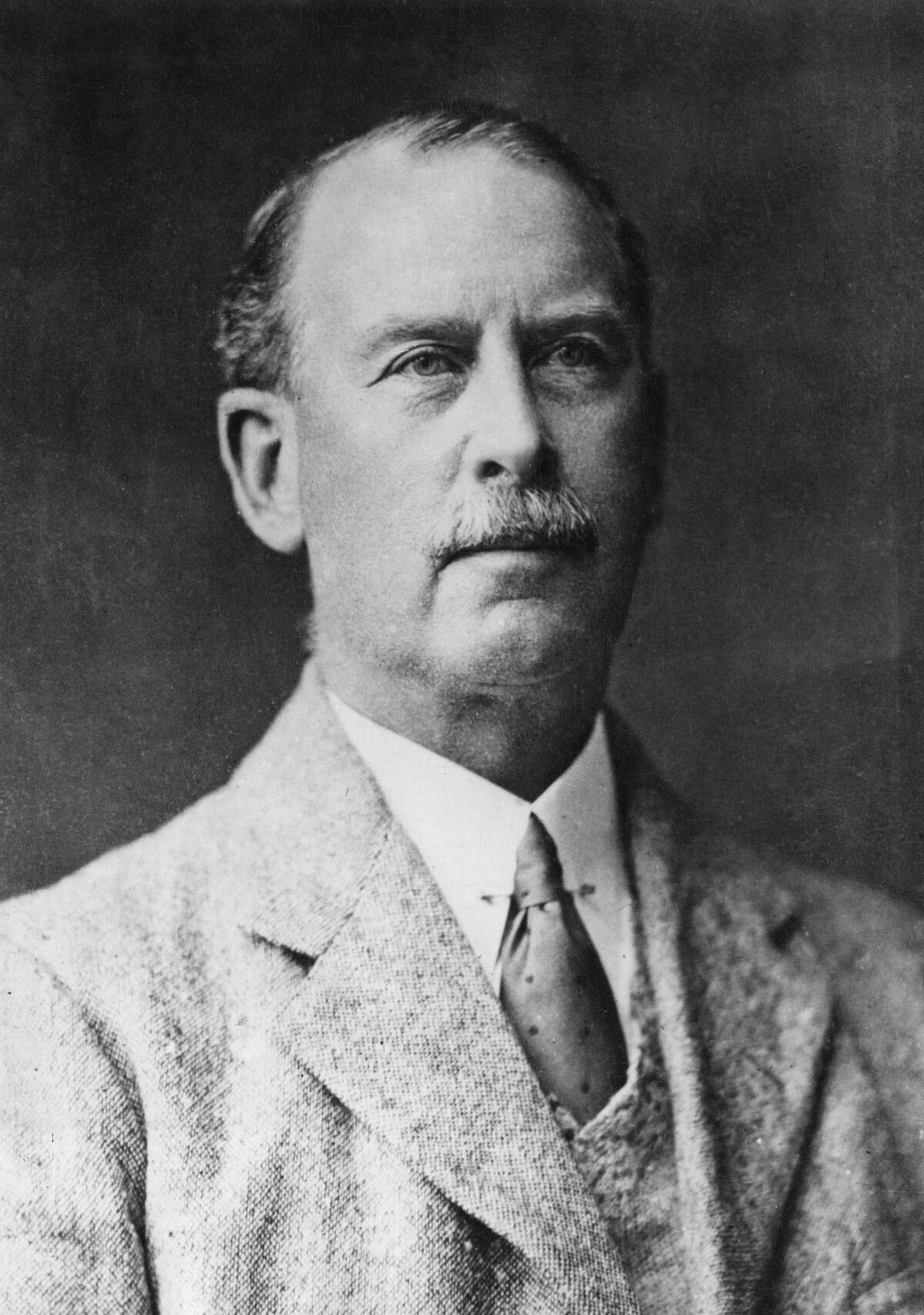
The story of the Lost City of Z captivated British explorer Percy Fawcett, who vanished in the Amazon rainforest in 1925 while searching for it.
Fawcett believed it was an ancient, sophisticated civilization hidden in the jungle. Although his disappearance remains a mystery, recent archaeological discoveries in the Amazon’s Llanos de Moxos region of Bolivia have revealed the existence of large, complex societies, lending some credence to his theories.
Agartha: The Mythical City Beneath Our Feet
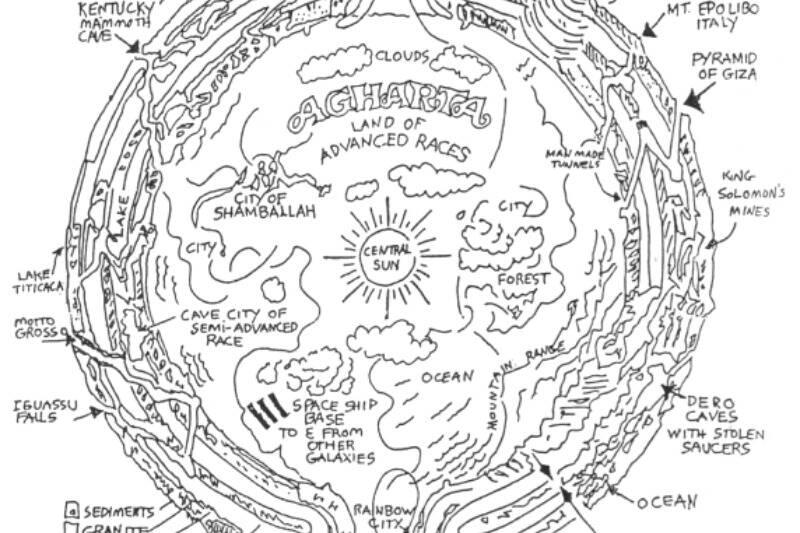
Agartha is said to be a vast, subterranean civilization existing beneath the Earth’s surface. This mythical city is often linked with ideas of a Hollow Earth, populated by advanced beings under the surface.
While there is no scientific evidence for Agartha (especially since we now know the Earth isn’t hollow), it has captured the imagination of many, from esoteric philosophies to adventure novels, blending the intrigue of lost civilizations with the allure of unexplored depths.
The Lost City of Aztlan: Homeland of the Aztecs
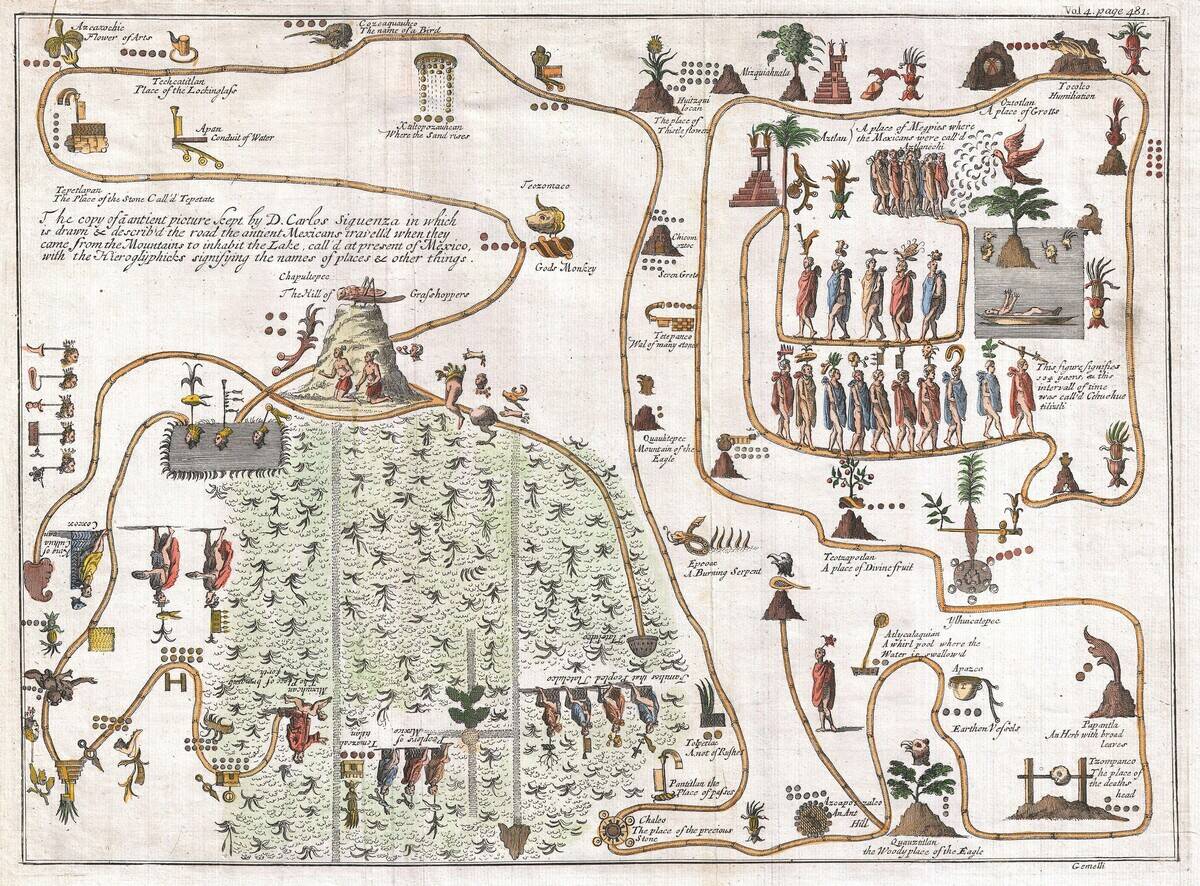
Aztlan is the legendary ancestral home of the Aztecs, linked to their migration into the Valley of Mexico. Descriptions of Aztlan vary, but it is often depicted as a paradise island.
Despite extensive research, its location remains unknown, though some historians suggest it might be somewhere in northern Mexico or the southwestern United States. The myth of Aztlan highlights the Aztecs’ rich oral tradition and cultural memory.
The Elusive Ubar: Arabia’s Atlantis of the Sands
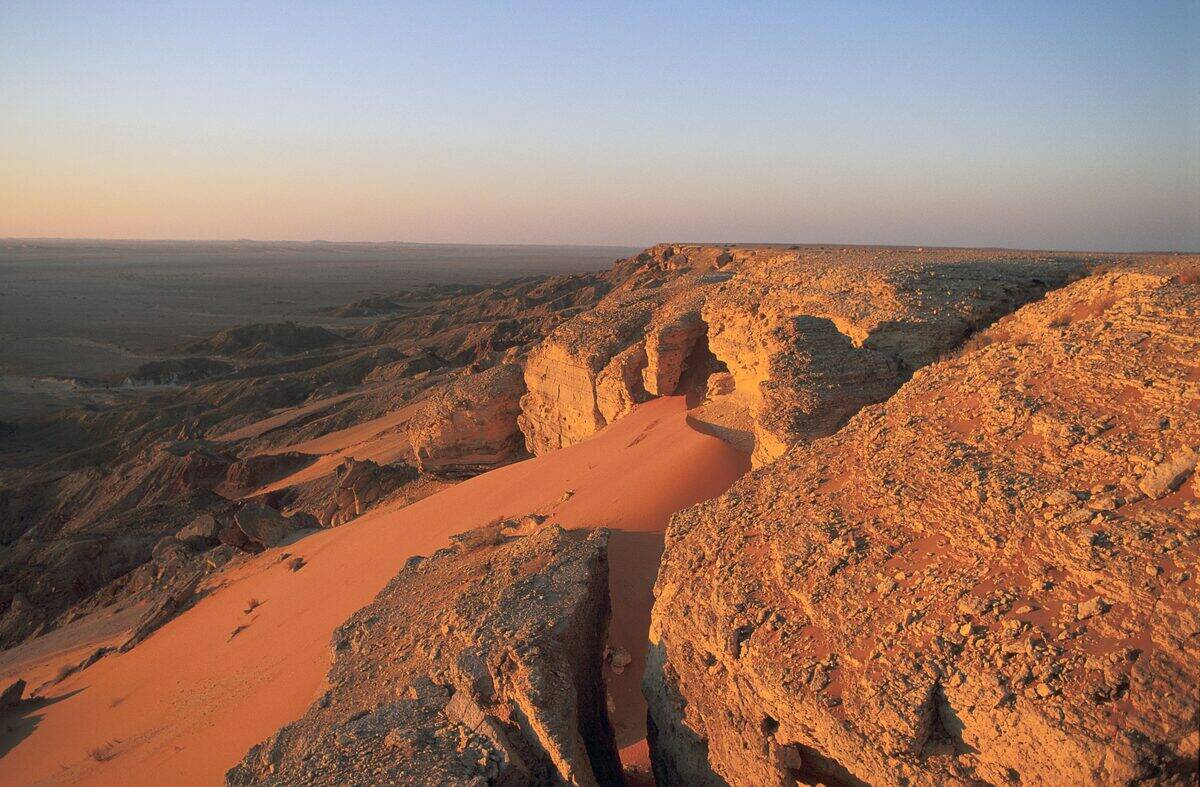
Ubar is a legendary city that’s often mistaken for “Iram of the Pillars” in the Quran. It is said to have been a wealthy trading hub that mysteriously vanished beneath the sands of the Arabian Peninsula.
In the 1990s, a team led by NASA and archaeologists discovered ruins in the Rub’ al Khali desert, believed by some to be the remains of Ubar, though its identification remains a topic of debate.
Yam: The Mysterious Trading Hub of the Ancient World
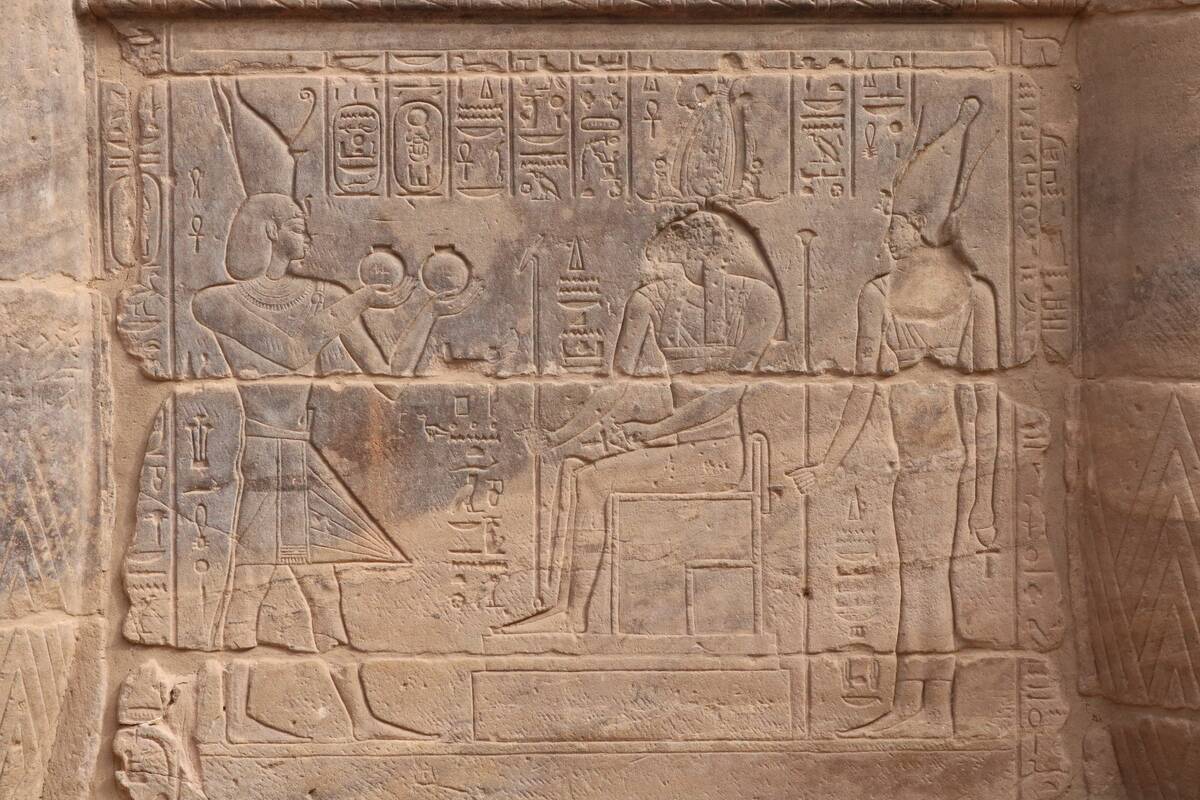
Yam was an ancient trade center mentioned in Egyptian texts, thought to be located in Africa south of Egypt. It played a crucial role in commerce during the Old Kingdom, yet its precise location has never been identified.
Some suggest it might have been near modern-day Sudan, as “Yam” was another name for Upper Nubia, which once would have existed within what is now that nation’s borders. The mystery of Yam underscores the importance of trade routes in the ancient world and our limited understanding of them.
The Secret of Shambhala: A Hidden Paradise in the Himalayas
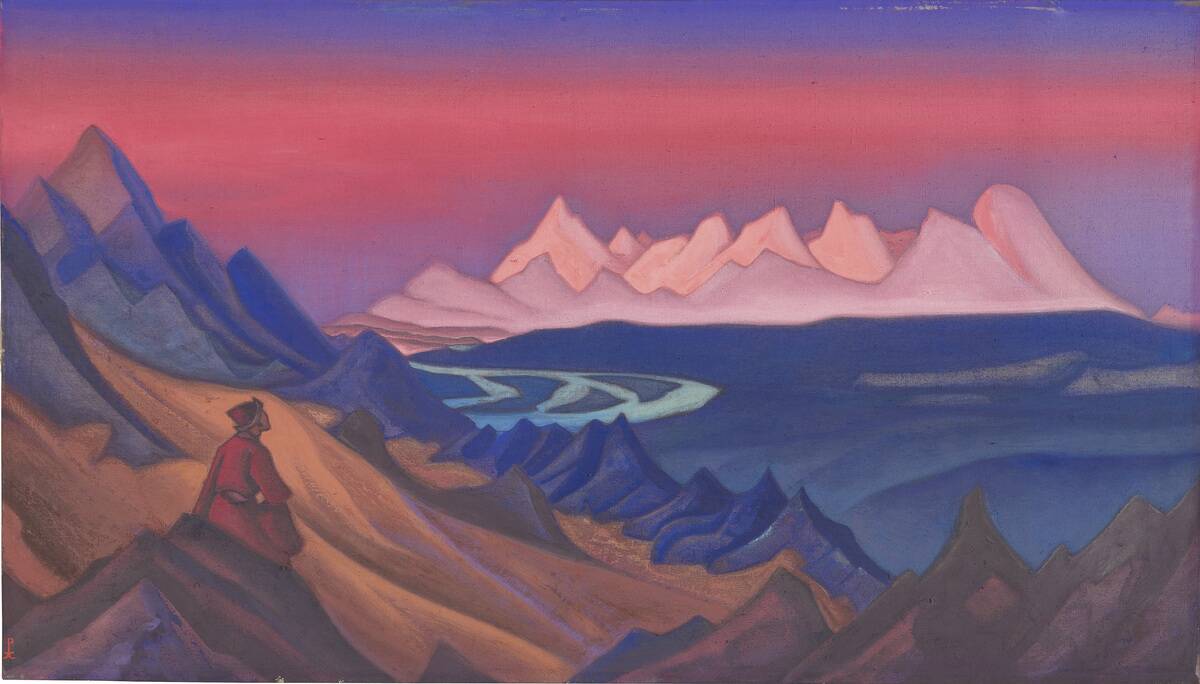
Shambhala is a mythical kingdom in Tibetan Buddhism, believed to be a place of peace and enlightenment hidden in the Himalayas. It is said to be ruled by wise kings and inaccessible to outsiders unless they are spiritually prepared.
Though Shambhala has not been found, it symbolizes the pursuit of spiritual wisdom and harmony, inspiring seekers from various spiritual traditions and appearing in popular culture as a utopian realm.
The Mythical Kingdom of Lemuria: A Lost Continent
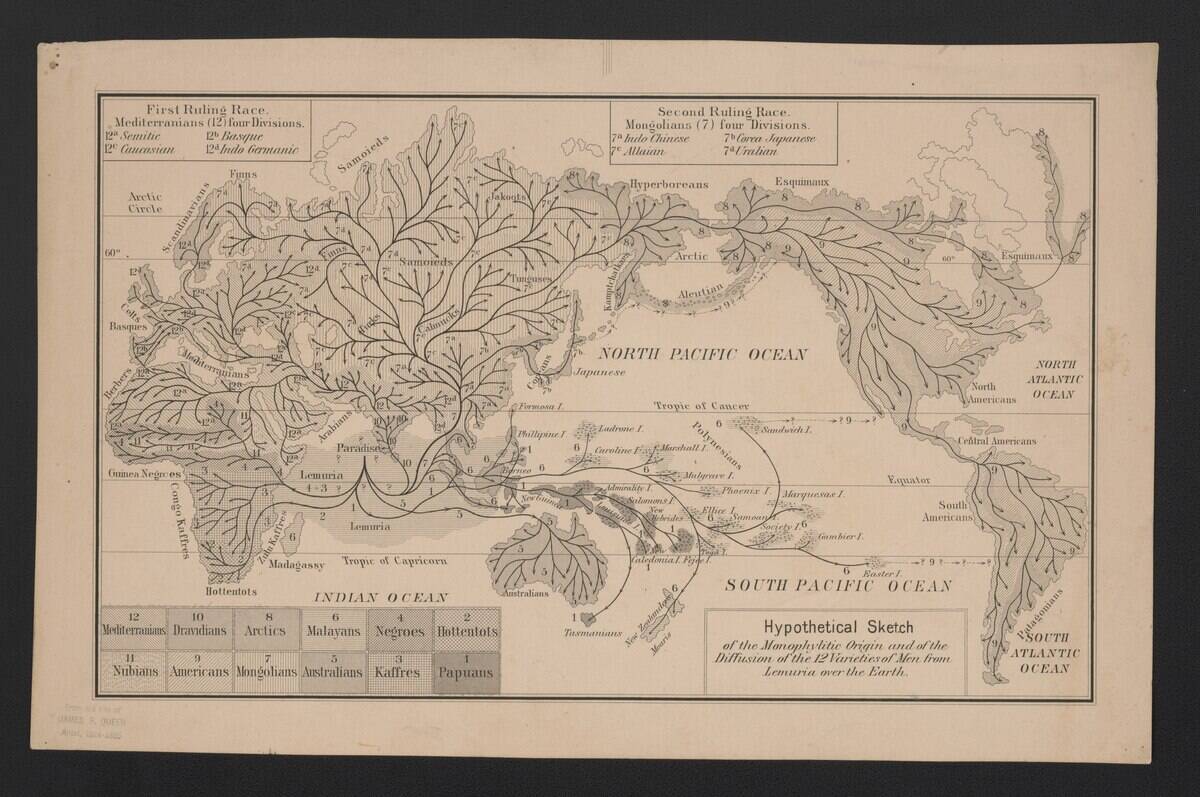
Lemuria is a hypothetical lost continent proposed in the 19th century to explain geological and biological similarities between distant land masses. While the scientific basis for Lemuria has been debunked, the idea persisted in popular culture and esoteric theories.
Lemuria is often imagined as a land of mystical beings and ancient wisdom, much like Atlantis, sparking the imagination of writers and spiritual seekers alike.
Vineta: The Phantom City of the Baltic Sea
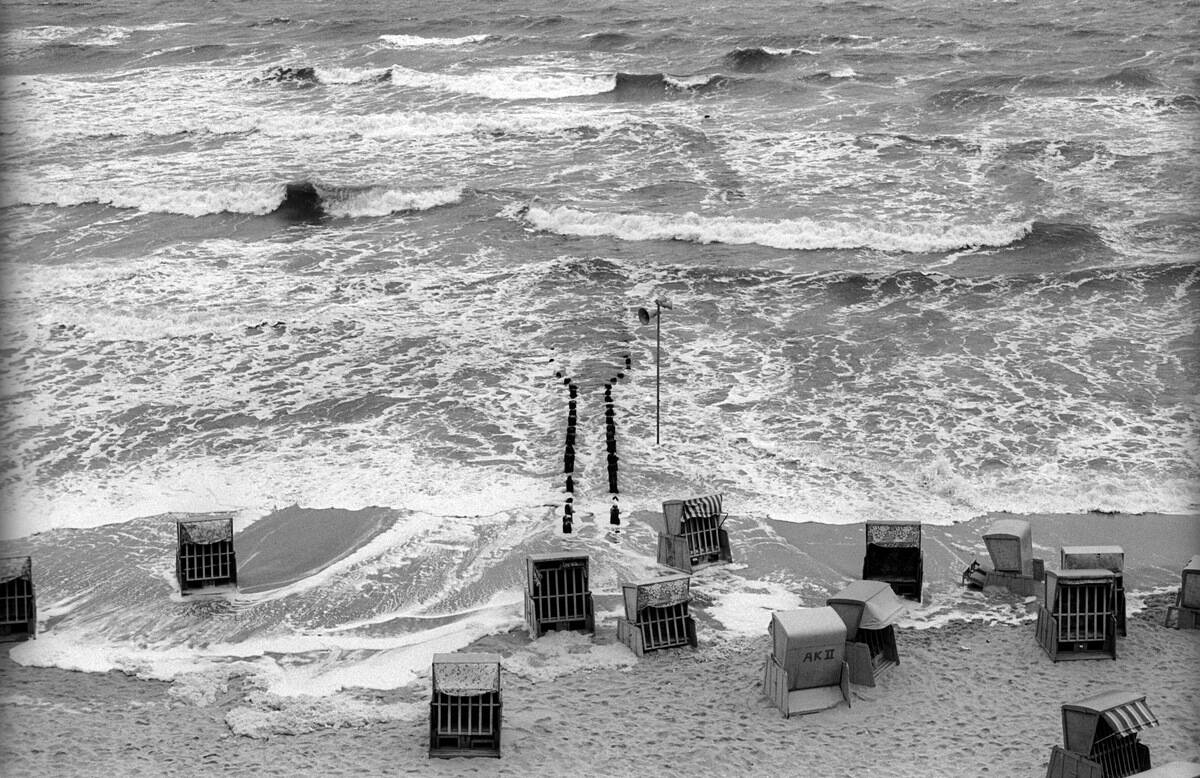
Vineta is a legendary city said to have existed on the southern coast of the Baltic Sea. According to folklore, it was a prosperous city that sank into the sea as a result of divine punishment for its inhabitants’ sins.
While historians have linked Vineta to various historical settlements, no definitive evidence has been found. The story of Vineta serves as a cautionary tale of moral decay and hubris.
The Vanishing of Cantre’r Gwaelod: Wales’ Legendary Lost Land
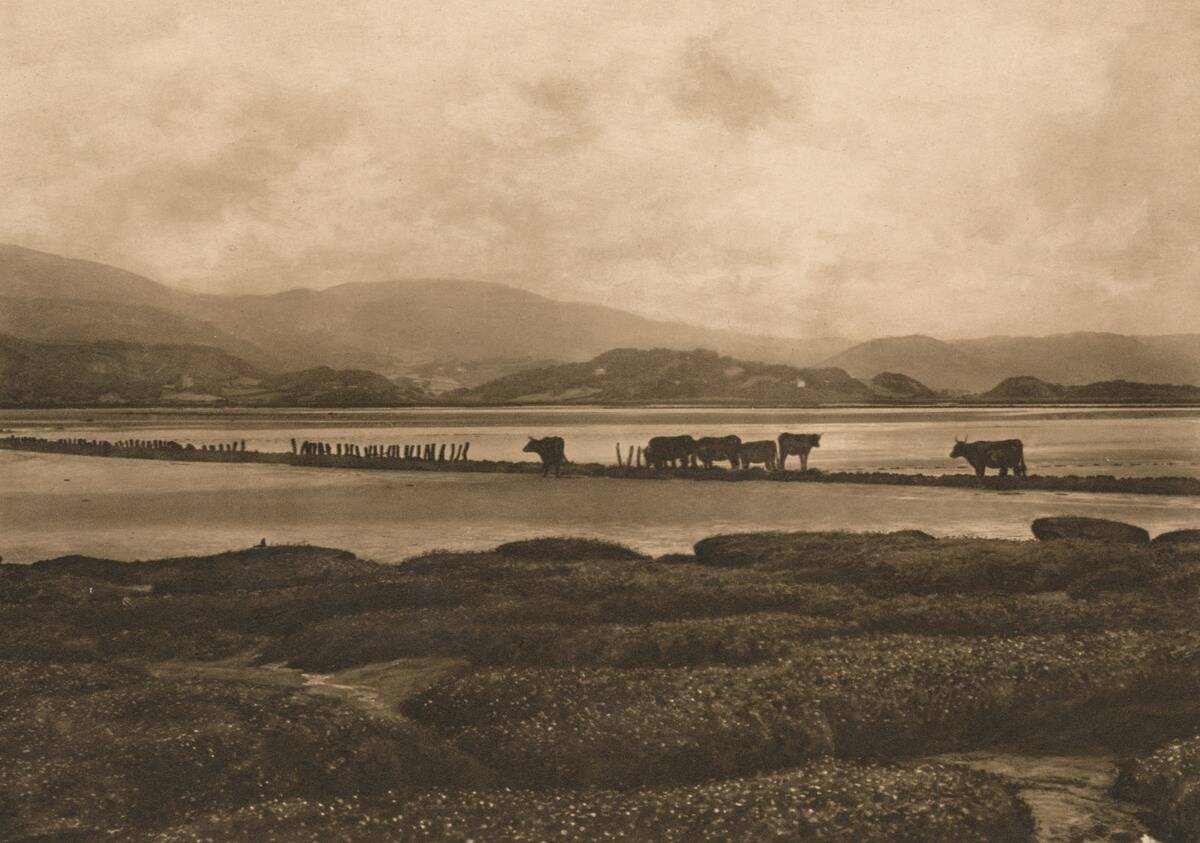
Cantre’r Gwaelod, also known as the Lowland Hundred, is a legendary land said to have been submerged off the coast of Wales. According to legend, it was a fertile land protected by a sea wall, which failed due to the negligence of a drunken watchman.
While some suggest that the legend may be based on historical flooding events, it remains a popular subject in Welsh folklore and literature.
Kitezh: Russia’s Invisible City
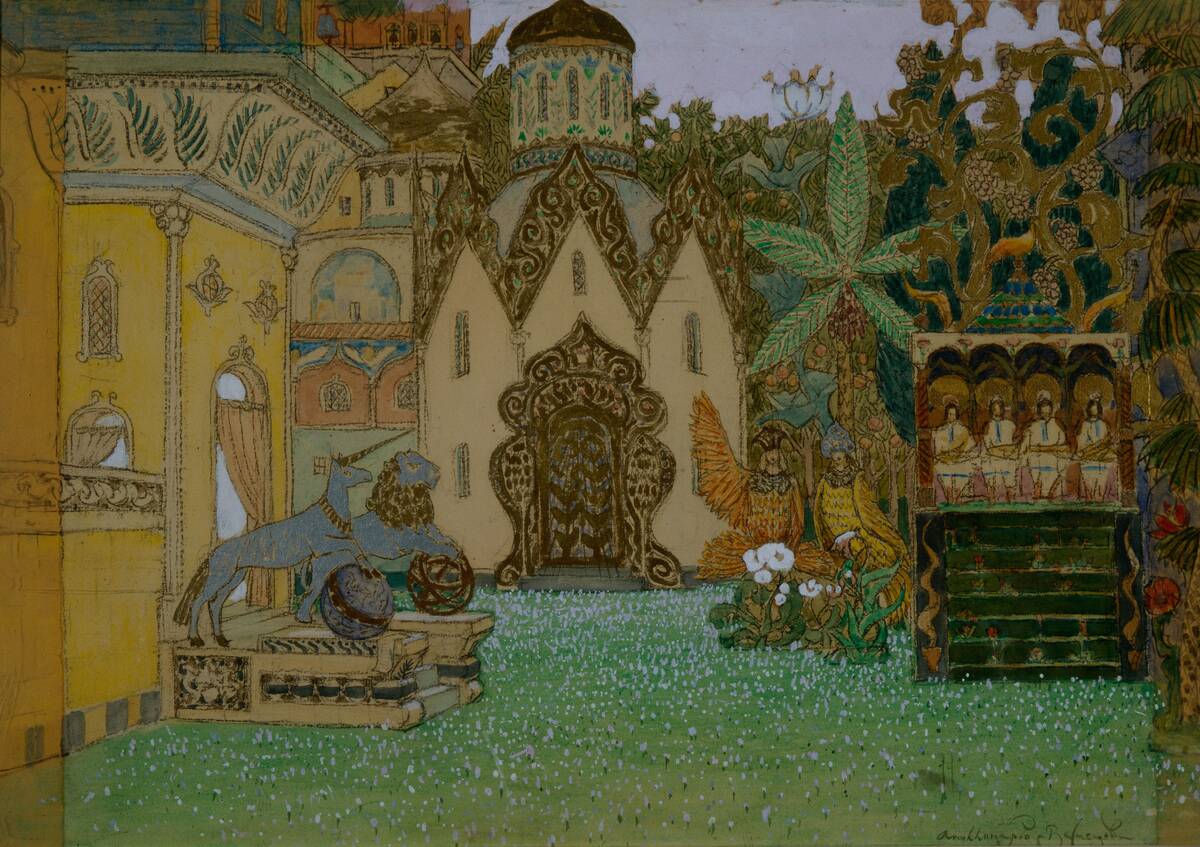
Kitezh is a mythical Russian city said to have become invisible, hidden beneath Lake Svetloyar to protect it from Mongol invaders. According to legend, only the pure of heart can find it.
Kitezh is often associated with spiritual purity and divine protection, making it an enduring symbol in Russian folklore and Orthodox Christian beliefs. Its myth has inspired music, literature, and art, capturing the imagination of many.
The Ancient City of Thule: The Edge of the Known World
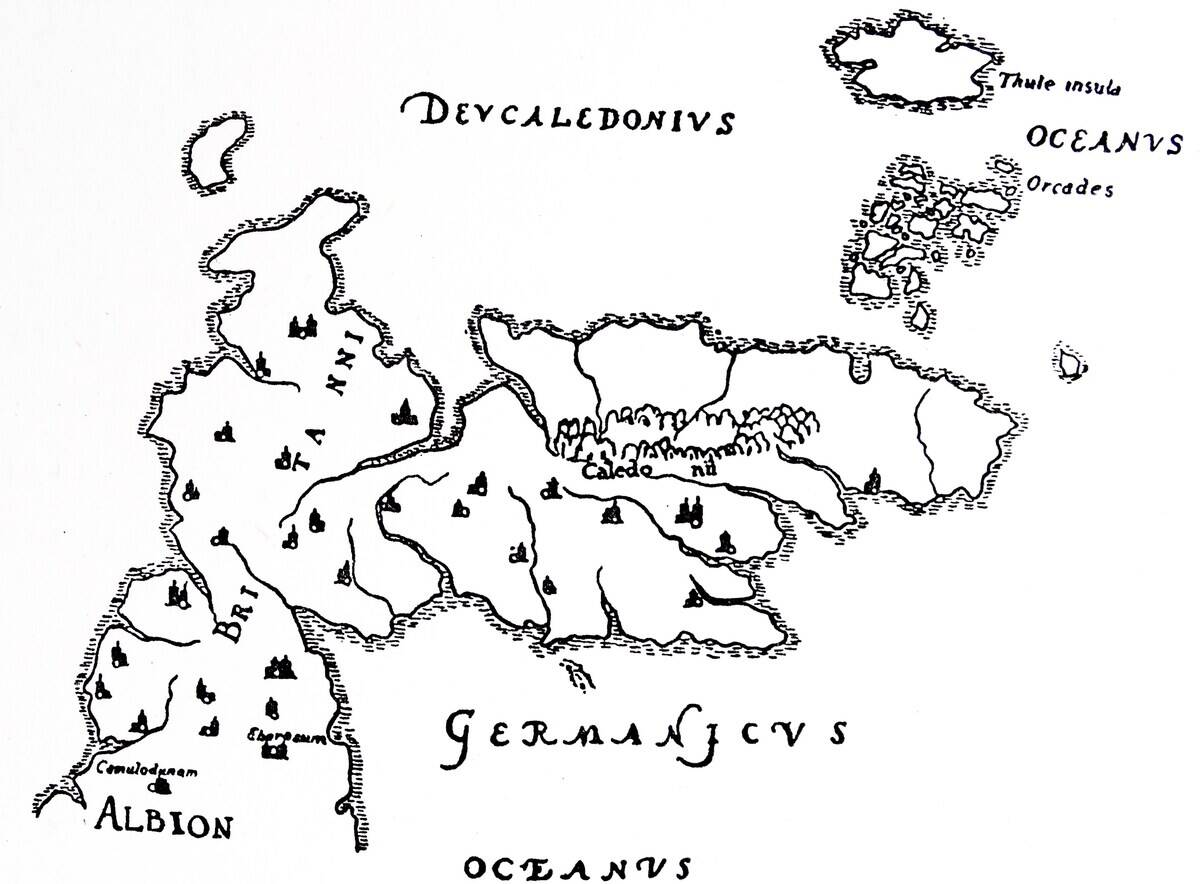
Thule is an ancient place first described by the Greek explorer Pytheas in the 4th century BCE. He claimed it was located six days north of Britain, possibly near the Arctic Circle. Over time, Thule became synonymous with the farthest reaches of the known world.
While its exact location remains unknown, some speculate it could be Iceland or the Shetland Islands, representing the human quest to explore the unknown.
The Search for Iram of the Pillars: A City from the Quran

Iram of the Pillars is a city mentioned in the Quran, described as a prosperous and powerful city punished by God for its people’s wickedness. Often linked to the legendary Ubar, Iram was thought to have vanished beneath the sands of the Arabian desert.
Although satellite imagery has revealed possible archaeological sites, its exact existence remains shrouded in mystery, blending religious texts with historical speculation.
Paititi: The Legendary Incan Lost City of Gold

Paititi is a legendary city said to be hidden somewhere in the Andes, associated with Incan treasures and gold. It is often mentioned in connection with the last Inca resistance against Spanish conquistadors.
Despite numerous expeditions, Paititi remains elusive. Some historians suggest it might be a real location yet to be discovered, while others view it as a metaphor for the Incan civilization’s wealth and cultural legacy.
The Legend of Ys: Brittany’s Drowned City
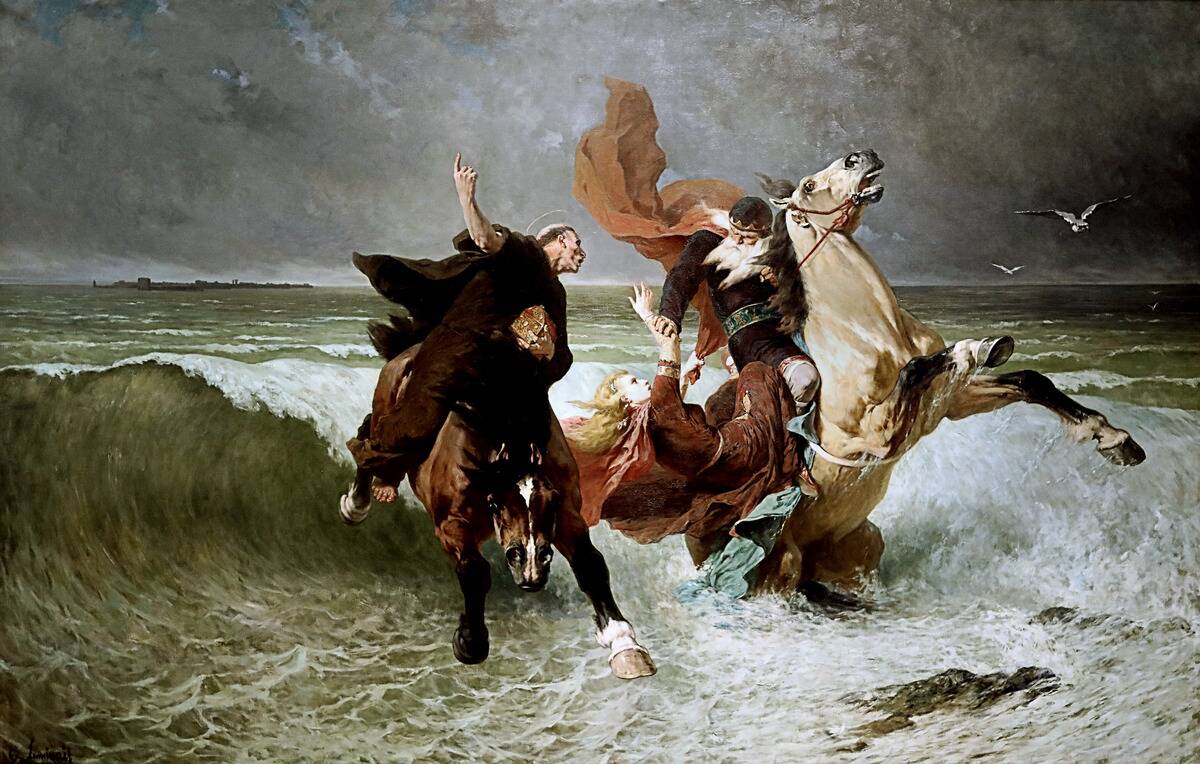
Ys is a mythical city said to have been located on the coast of Brittany, France. According to legend, it was a magnificent city that was swallowed by the sea as punishment for its inhabitants’ sinful ways. Of course, this legend has many variations, not all of which involve divine retribution.
The story of Ys has been a part of Breton folklore for centuries, inspiring various adaptations in literature, music, and art. It serves as a reminder of the power of nature and the consequences of human folly.
The Curious Case of Norumbega: A Norse Settlement in North America
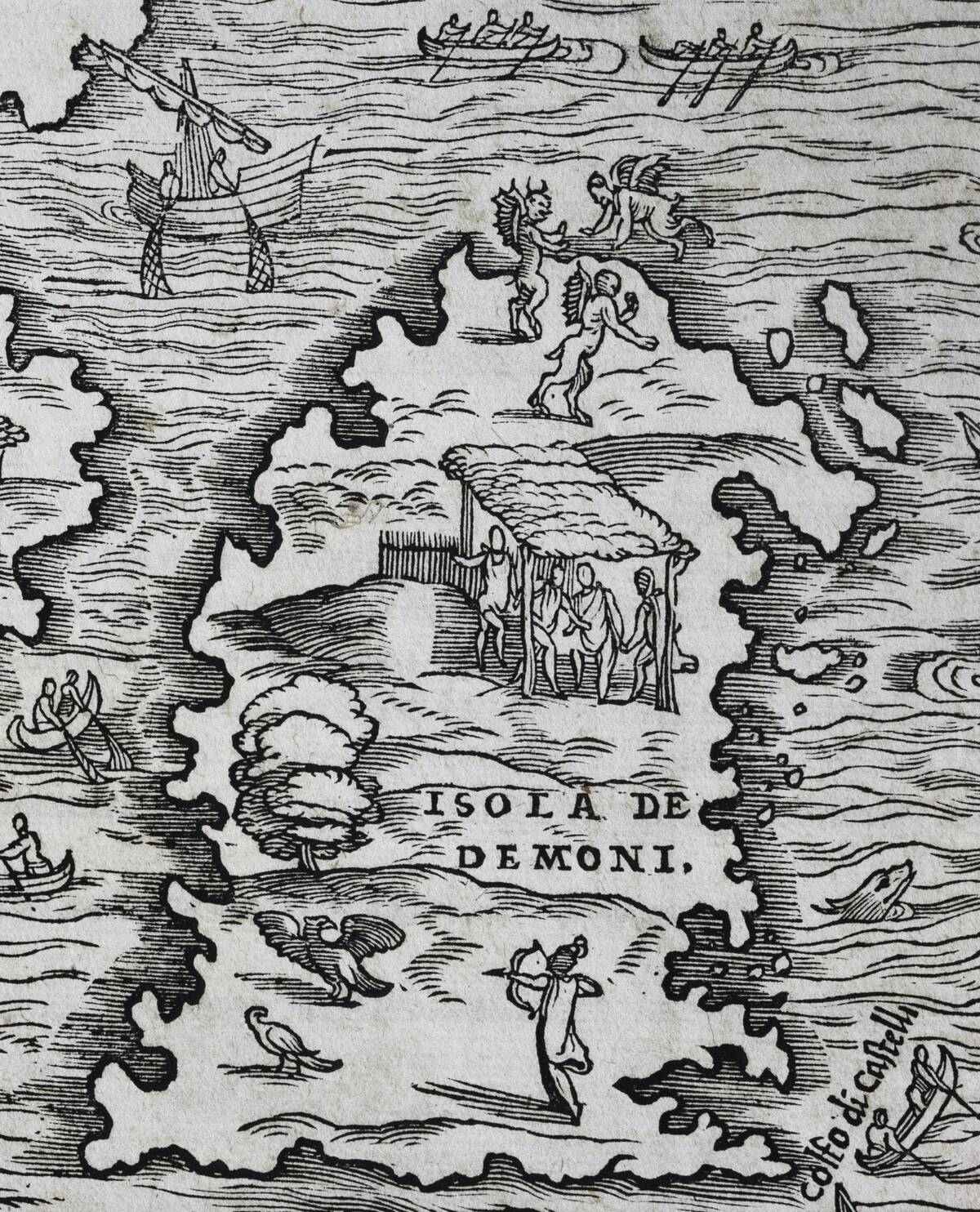
Norumbega was a legendary settlement believed by Europeans to exist in North America during the 16th century. It was often described as a city of riches, possibly linked to Norse explorations.
While no evidence of Norumbega has been found, the legend reflects early European misconceptions and hopes for finding wealth in the New World. It is a testament to the enduring allure of exploration and the unknown territories.



